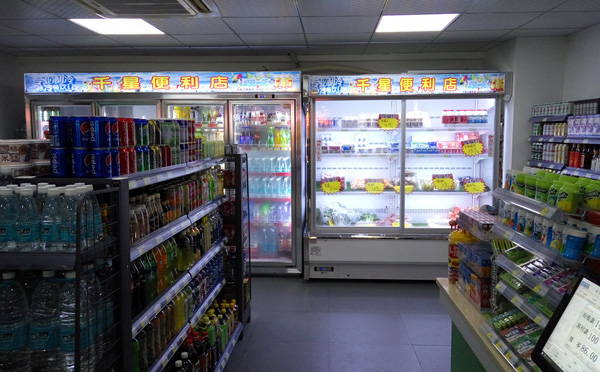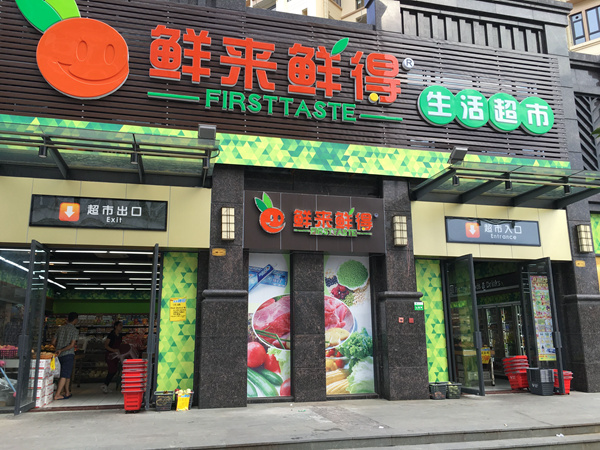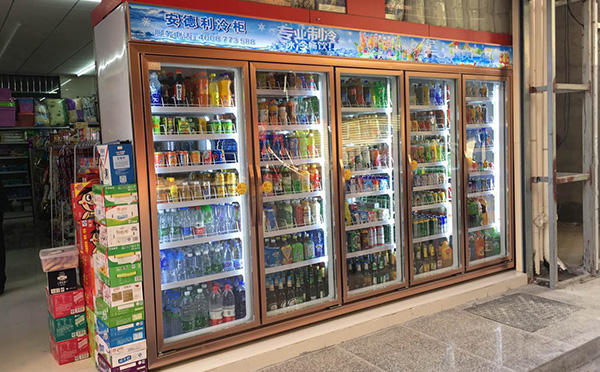Food color is important to identify the quality of food organoleptic indicators. Causes of food color comes mainly from two aspects: First, food any original natural pigment, synthetic pigment Second, food processing with use.
1. Food coloring material - food coloring material can be classified according to their source of natural pigments and synthetic pigments two categories.
(1) natural pigments - natural pigment is extracted from animal tissues out, it is a natural component of food. Its existing form, there are two, one is in the fresh feed the eye can see a colored substance, and the other is food material originally colorless but in food processing raw materials, due to chemical reaction exhibit color food.
There are natural pigment chlorophyll, & szlig; - carotene, curcumin, beet red pigment red yeast, caramel color and other pigments and shellac. Natural pigment safe to use, without dose-limiting, is the development direction of the coloring material.
(2) synthetic pigment - modern food production and use of synthetic pigment more common. Artificial colors than natural pigment color, fastness large, stable, strong coloring, it can be any color. Synthetic coal tar dye but mostly as raw material, obtained by chemical synthesis, have varying degrees of toxicity. Thus, in the food hygiene standards 2, the use of synthetic pigment, there are strict requirements, allowed only five kinds of pigment, that amaranth, carmine, lemon yellow, sunset yellow and indigo.
2. Cooked food processing and process changes color - change the color of the food cooked in the process is extremely complex, and it is a component of food, heating nature of the medium, temperature and other factors are closely related.
(1) Browning - Browning is a relatively common food discoloration. When the raw materials for food processing, storage, after being subjected to mechanical damage, easy to make the raw material original color darken or turn brown, a phenomenon known as browning. In food processing, the need to use some browning food, such as bread and pastries in the baking process to generate gold. But some food materials to produce browning in the process, not only affects the appearance, but also reduces the nutritional value such as fruits, vegetables and other raw materials.
Browning mechanism of action can be divided according to their enzymatic browning and non-enzymatic browning two categories.
Enzymatic browning caused occurred in a relatively light-colored fruits and vegetables such as apples, bananas, potatoes and so on. When their tissues are bruised, cut, peeled or diseases suffered in the non-enzymatic browning of food, in practical work, can be heat treatment, acid treatment method, and cut off the air and other methods to prevent food brown change. Because raw enzyme in more than 45%, pH value of 3.0 or less and processed soaked in water, sugar, or salt water can prevent the formation of enzymatic browning.
Non-enzymatic browning browning occurs without the action of the enzyme can be produced, which includes the caramelization and Maillard reaction reaction.
Caramelization reactions in food processing, due to high temperature so sugary foods produce coking effects of sugar, so that the food coloring. Therefore, in the food processing, according to process requirements add the amount of sugar in favor of product coloring.
Maillard reaction is the main reason food occur after long-term storage or heating browning reaction process is very complicated. In practice, if you need to control non-enzymatic browning caused, can be cool, sulfite process, lowering the pH, or lowering the concentration of the finished product less prone to browning of sugars and other methods to control non-enzymatic browning.
(2) Hydrolysis of starch - starch hydrolysis easily when it is heated with water, can cause cracking of the molecule. Incomplete hydrolysis of starch in the process will produce large amounts of dextrin, dextrin coking at high temperatures due to the effect of generating pyrodextrins, baked or fried food in the process can produce a yellow or brownish red.
(3) the food itself contains natural pigments, pigments such as carrots, flowers and vegetable tannin flavin, etc., under certain conditions, can produce food or to change its color.
Add the appropriate amount of pigment (4) during processing or food cooked in order to change the color or highlight certain products.














